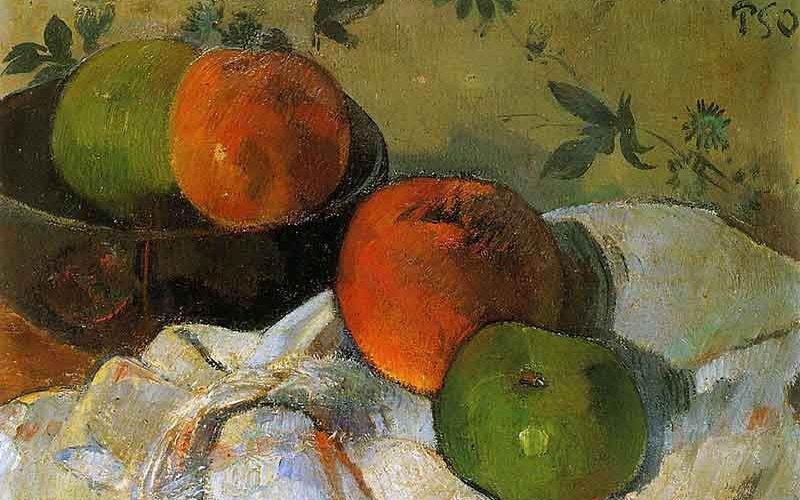I received an unusually pleasant task at the day job recently.
I got to call Sara Janzen, Corporate Giving Officer at the California Academy of Sciences in San Francisco.
“Hello,” I said. “My firm would like to donate $25,000 for a table at your Big Bang Gala next month. Could you tell me how to go about that?”
“Of course.” I could hear her smile. It was 4:45 pm and Sara deals with big sponsors all the time, but I’m sure that kind of random call ended her day with a bang (pun intended).
The Gala celebrates “the leading lights and bright minds making remarkable contributions in the realm of science education – a topic at the core of the Academy’s mission to explore, explain, and protect the natural world” and, of course, raises funds for the Academy’s continued existence. I’m proud my firm supports them.
One of the luminaries caught my eye. Salman Khan—
Named “Bill Gates’ favorite teacher” by Fortune Magazine, Salman is the founder and one-man faculty of the Khan Academy, a nonprofit with the mission of providing free, high-quality education to anyone, anywhere in the world. It’s the most-used library of educational videos on the web…
Two years ago, I visited Khan Academy. I came away with a reeling head and a bit of envy. In my 30s, after avoiding math most of my life, I’d mastered algebra, calculus, and statistics to qualify for UCLA’s Archaeology MA program. It was very hard.
But I was very, very motivated. I wish Khan Academy had been around back then!
The Shout Out Heard Around the World
Khan, a hedge fund analyst, created math tutorials to help his cousins back in New Orleans, where he grew up. He posted them on YouTube and they caught on. Kids all over the world started emailing him. Five years later, in 2009, he quit his job to focus on Khan Academy.
Then, at the 2010 Aspen Ideas Conference, Bill Gates announced to the world that his children used Khan’s tutorials. He concluded:
We’ve moved about 160 IQ points from the hedge fund category to the teaching-many-people-in-a-leveraged-way category. It was a good day his wife let him quit his job.
A grant from the Bill & Melinda Gates Foundation followed. And next month Khan will speak at a $25,000 a table fundraiser in front of my employers.
What Does This Have to Do with Later Bloomers?
Many, including scientists Charles Darwin and Mary Somerville, taught themselves. Linguist/explorers Freya Stark and Heinrich Schliemann were completely self-educated. Khan’s tutorials encourage curiosity and experimentation. They expect mastery, but allow you to learn at your own pace and in your own time.
Imagine what that does to the adult learner who’s embarrassed to go back and learn stuff that they should have before, before going back to college. Imagine what it does to a street kid in Calcutta who has to help his family during the day, and that’s the reason why he or she can’t go to school.
And Khan Academy has expanded.
Not just Math, but Art, Astronomy, History and more!
I viewed two art history videos on subjects I’ve studied, “The Sutton Hoo Ship Burial” and “The Victory Stele of Naram-Sin.” They’re sound bites, less than five minutes, but solid introductions. In fact, none of Khan’s tutorials clock over fifteen minutes. And all are free.
If you need to review before going on, want to inspire your kids, or just have an insatiable desire to explore, definitely check out KhanAcademy.org.
And no, I’m not invited to the $25,000 a table affair. But Sara kindly offered to give me a tour of the California Academy of Sciences next time I’m in San Francisco. You can bet I’ll take her up on it!
Sources
Bill Gates’ Favorite Teacher: CNNMoney, August 24, 2010
Opening Image: Apples in a Bowl by Paul Cezanne (1888), in honor of that old-fashioned teacher’s gift
